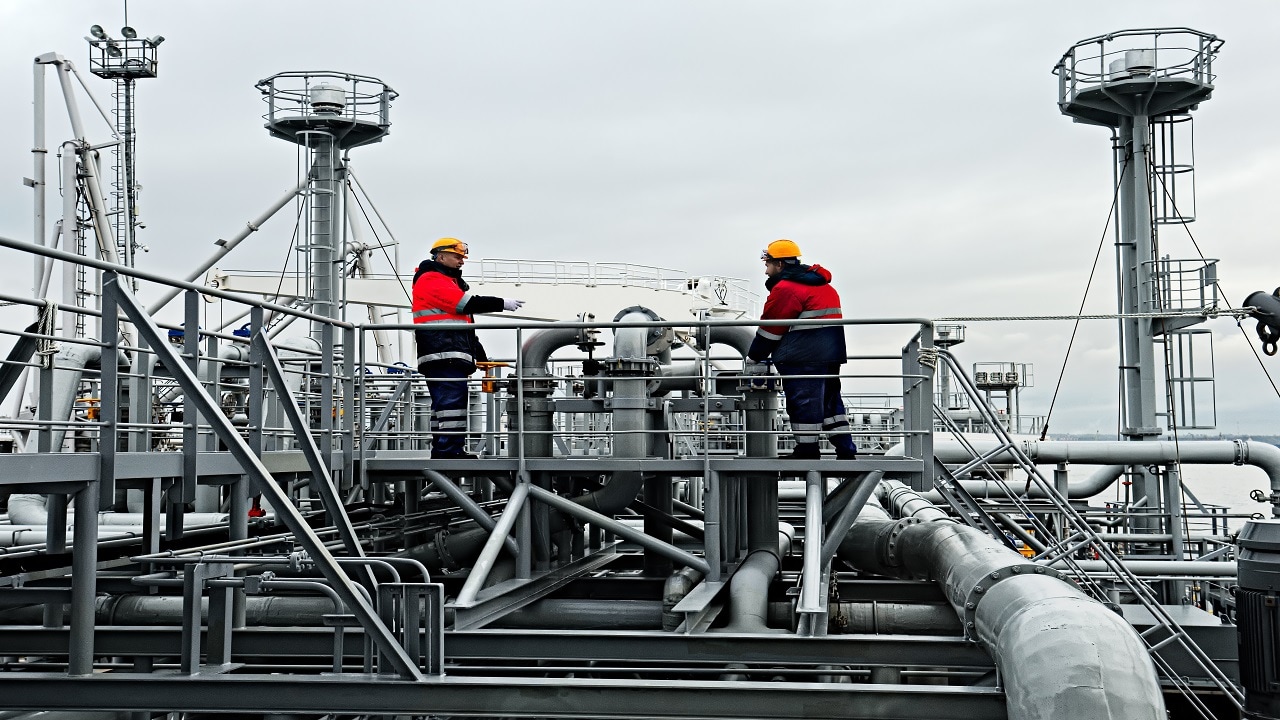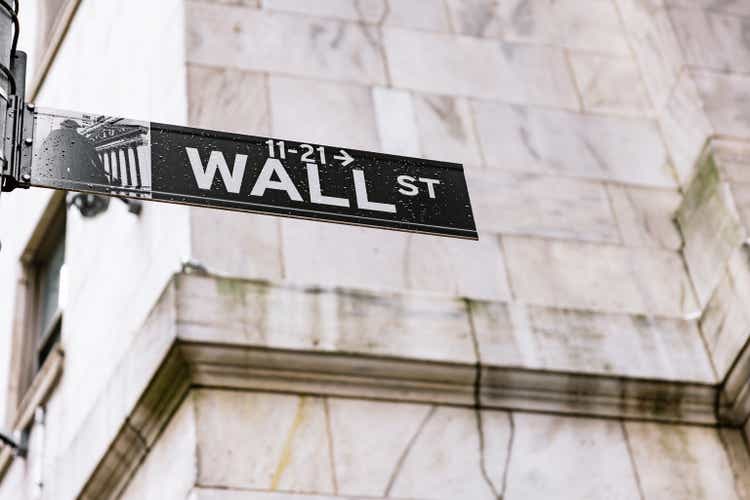BP Plc Chairman Helge Lund plans to step down as the struggling oil major pivots away from the net zero strategy he championed amid pressure from Elliott Investment Management. Lund was widely seen to be in a vulnerable position since Bloomberg reported that Elliott had built up a 5% stake in BP with the intention of pushing for change. The pressure only increased after Chief Executive Officer Murray Auchincloss’s strategy “reset” fell short of what the activist investor had wanted.
BP dropped a plan to shrink oil and gas production and promised to spend less money on clean energy, but Elliott saw the proposals as lacking in urgency and ambition. It had been considering a push for major changes in the company’s management, people familiar with the matter have told Bloomberg. In a statement on Friday, BP didn’t give a precise date for Lund’s departure, saying only that he would step down “in due course.

” The search for a successor will be led by Amanda Blanc, a senior independent director. Once a new chairperson has been chosen, Lund will remain on the board to ensure a smooth transition, most likely until 2026. BP has suffered several years of poor performance.
After the company’s value plunged during Auchincloss’s first year in the role, he announced in February that BP would return to focusing on fossil fuels. Many investors welcomed this emphasis on BP’s more profitable core business, but there were also doubts about the strategy. Two of the company’s most important pledges to investors — to increase cash flow by more than 20% a year to 2027, and raise returns on average capital employed that year above 16% — require Brent crude above $70 a barrel.
The international benchmark fell below that level on Thursday after US President Donald Trump’s trade tariffs triggered a global market meltdown. The outlook for oil suffered a second blow after the Organization of the Petroleum Exporting Countries and its allies made a sudden policy reversal in an effort to drive prices lower..
Business

BP Chairman Helge Lund to exit as oil major faces pressure From Elliott

BP dropped a plan to shrink oil and gas production and promised to spend less money on clean energy, but Elliott saw the proposals as lacking in urgency and ambition. It had been considering a push for major changes in the company’s management.












_0.jpg?itok=yAIF6nFK)

